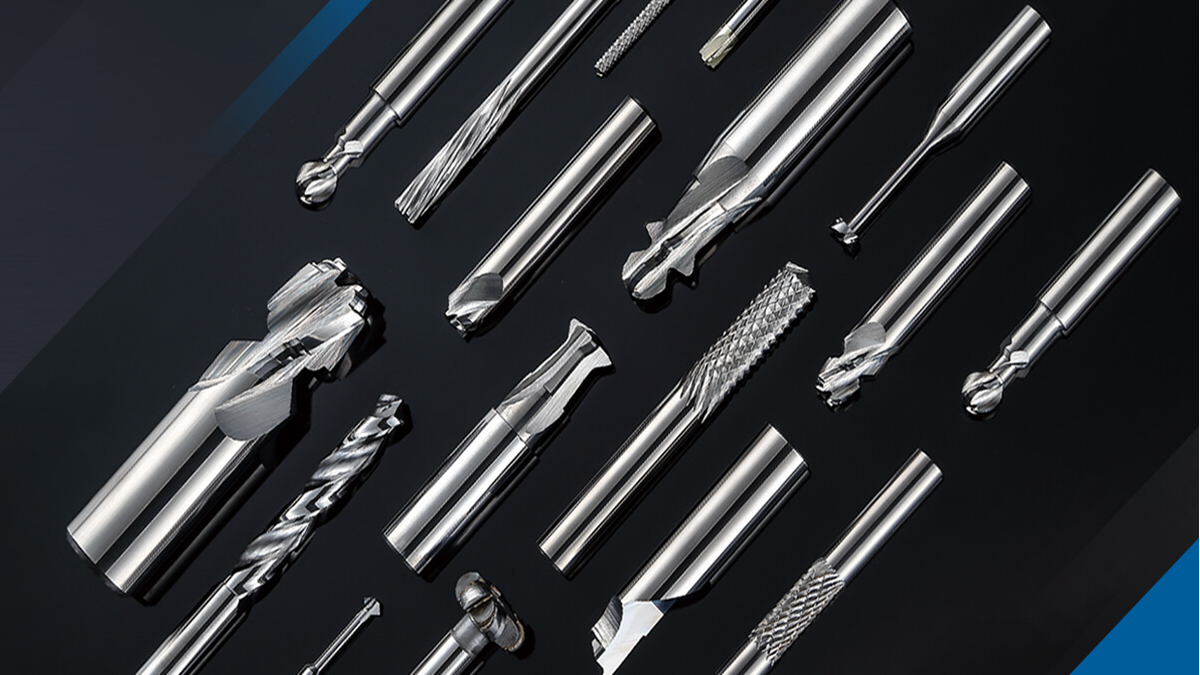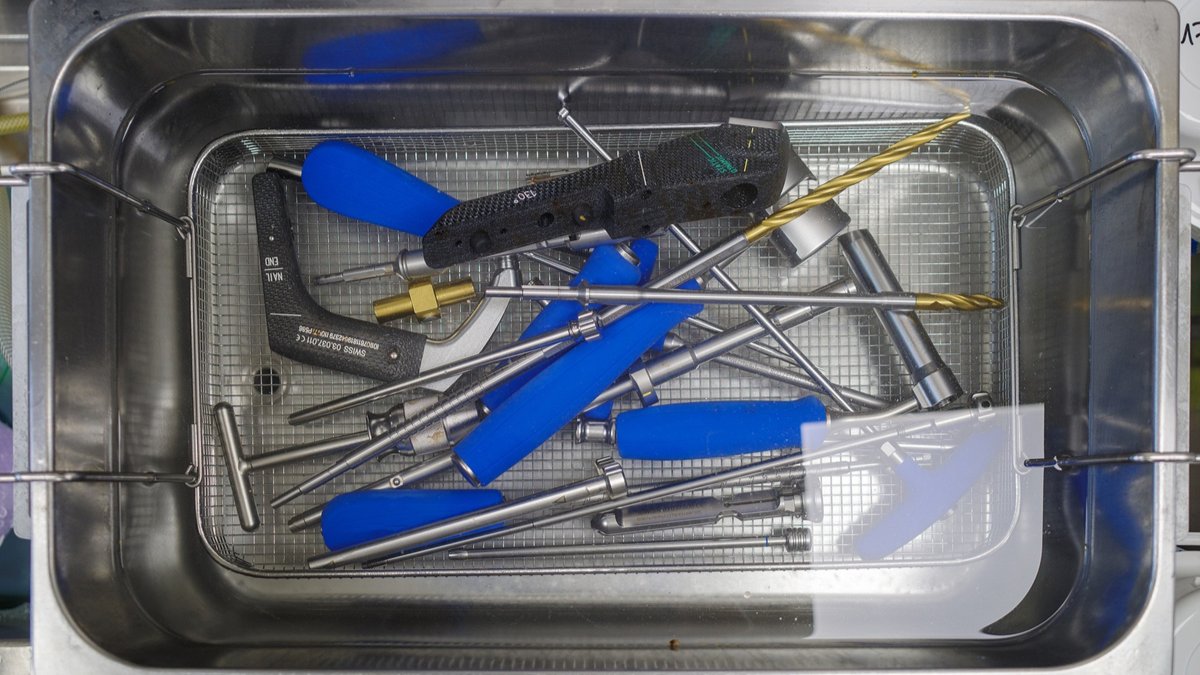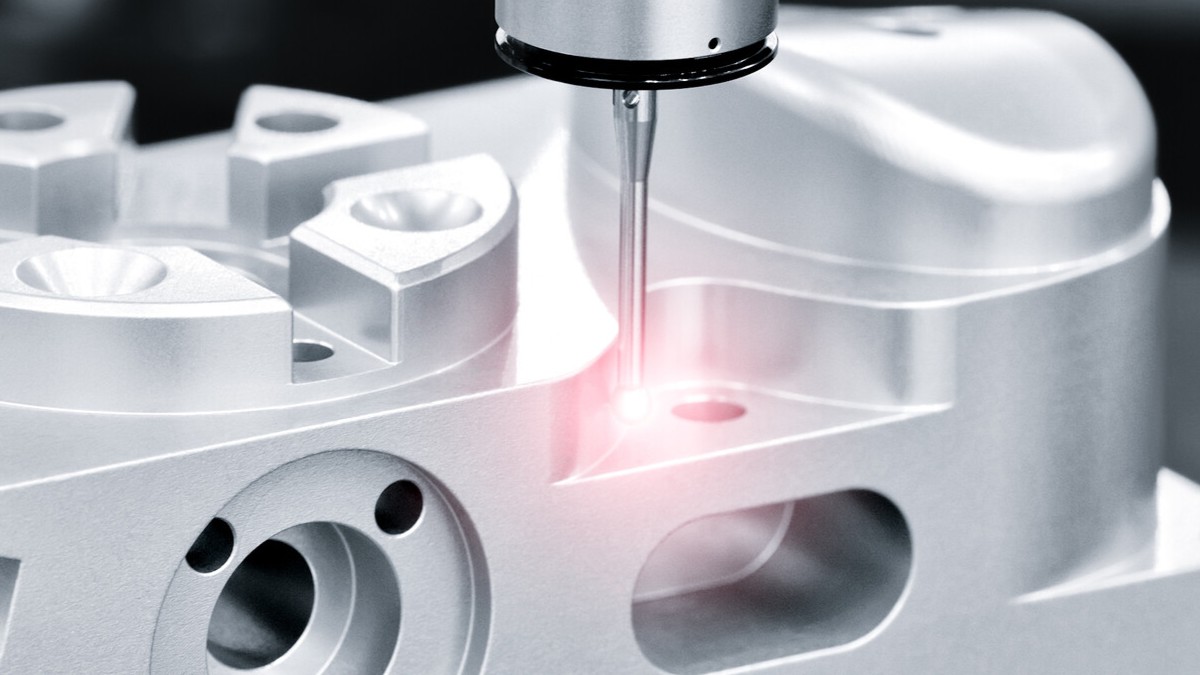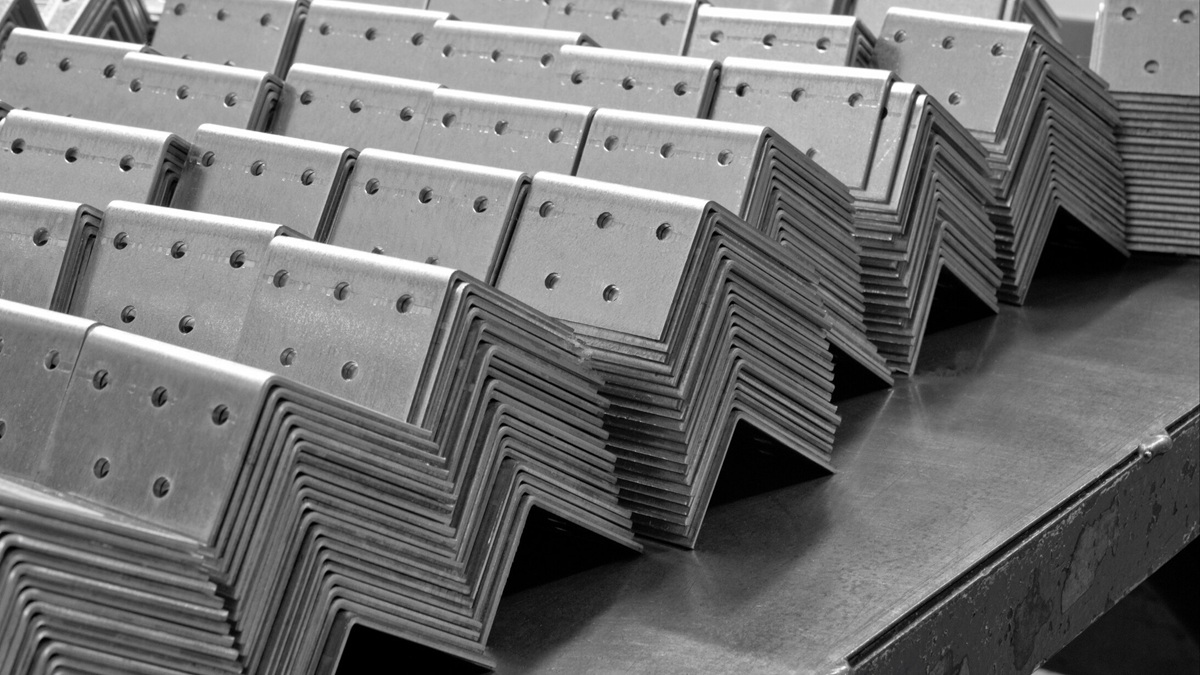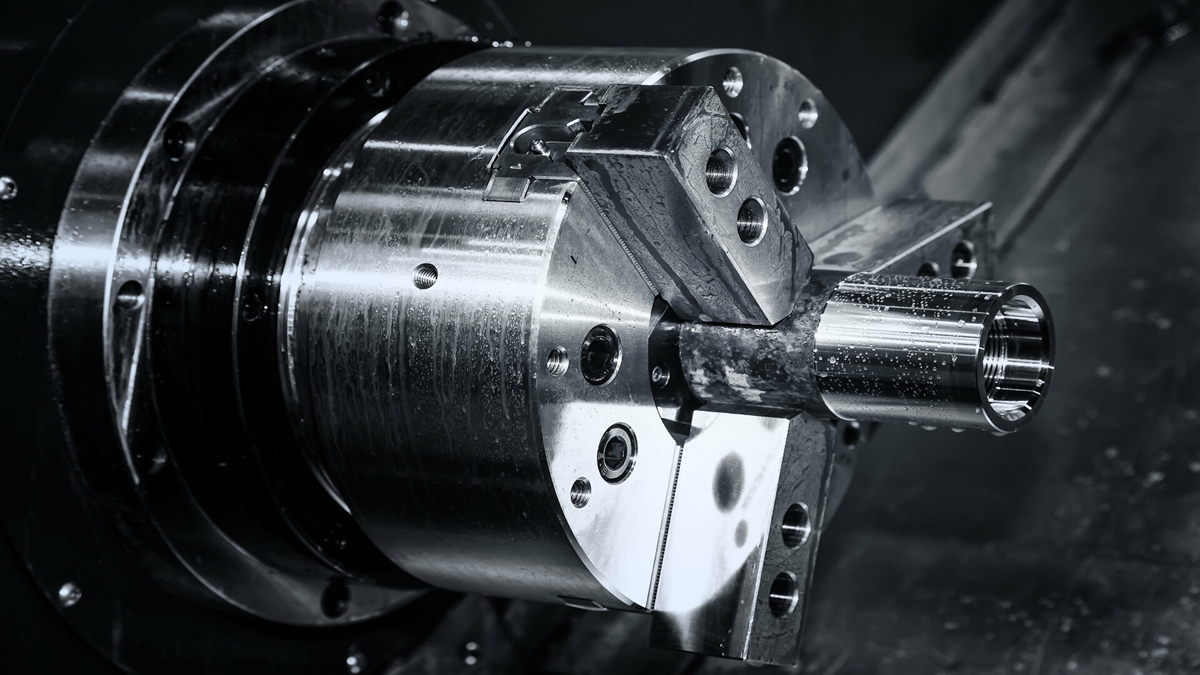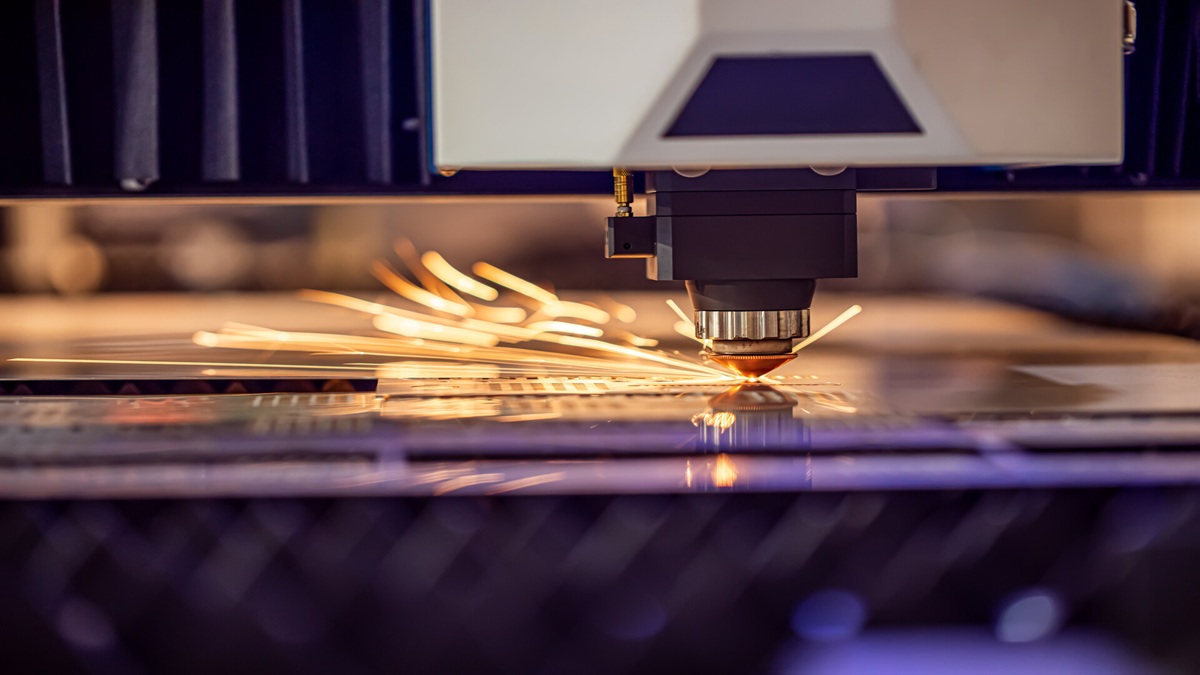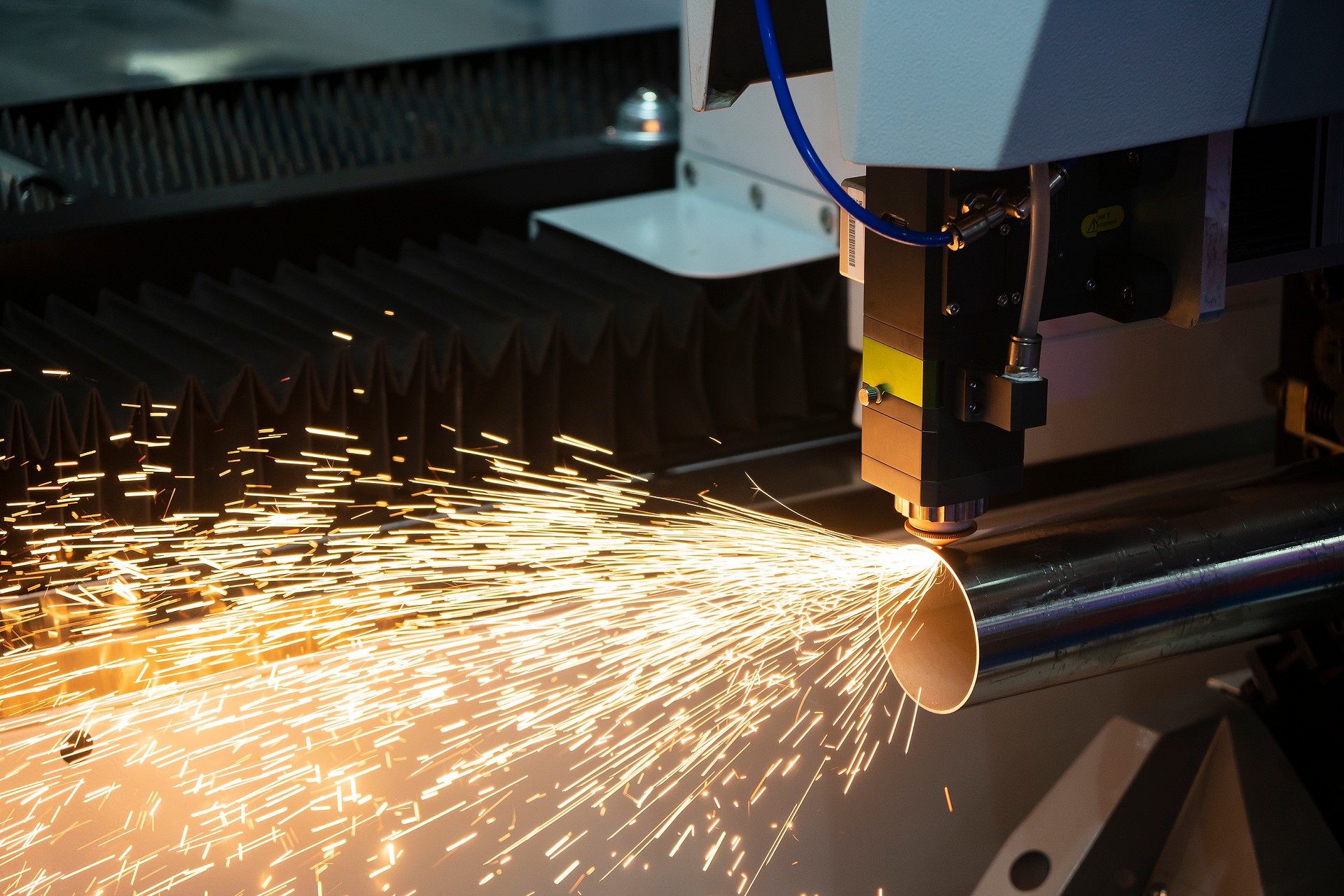The article explores the significance of RF filter output formats and their impact on performance, reliability, and application. It discusses three main types: Connector Type (robust connections for high-power applications), SMD Type (compact and suitable for PCB integration), and Pin Type (durable through-hole mounting for industrial and automotive use). Key challenges include maintaining consistent impedance matching, minimizing insertion loss, and ensuring mechanical strength across formats. Choosing the right format depends on the device, installation, and operational requirements, while designing a single filter that performs well across all formats remains a technical challenge in RF engineering.
Introduction
In radio frequency (RF) design, the output format of an RF filter is a critical factor that directly affects its performance, application, and installation. Selecting the right output format is not just a technical decision—it influences reliability, efficiency, and suitability for specific uses. This article examines the different RF filter output formats, their characteristics, applications, and the challenges of maintaining consistent performance across formats.
Types of RF Filter Output Formats
RF filters come in various output formats designed to meet diverse application requirements. The most common types are Connector Type, Surface Mount Device (SMD) Type, and Pin Type, each offering unique advantages based on the application.
Connector Type
Connector-type filters use standard RF connectors, such as SMA, N-type, BNC, or TNC. They are ideal for high-power applications where low insertion loss is crucial. This format is commonly used in base stations, radar systems, and satellite communications. Connector-type outputs enhance mechanical strength and the high-Q performance of cavity filters, providing robust and reliable connections.
SMD (Surface Mount Device) Type
SMD filters are designed for direct integration onto printed circuit boards (PCBs). Their compact size and compatibility with automated assembly make them suitable for consumer electronics, telecommunications, and other applications where space and weight are limited. The SMD format supports efficient mass production and modern manufacturing processes.
Pin Type
Pin-type filters feature through-hole mounting, providing strong mechanical support. This format is preferred in industrial and automotive applications, where durability and reliability are critical. Pin-type filters are resistant to mechanical stress and perform well in environments with high vibration or temperature fluctuation.

Referral Link
Challenges in Maintaining Performance Across Formats
Ensuring consistent performance across different output formats is a major challenge in RF filter design. Each format impacts impedance matching, insertion loss, mechanical strength, and the manufacturing process in unique ways. Therefore, filters cannot be easily interchanged between formats without affecting performance.
Impedance Matching
Proper impedance matching is essential for optimal signal transmission and minimal reflections. Connector-type filters are designed to match standard RF connector impedance, while SMD and pin-type filters require additional design considerations to maintain proper impedance on PCBs.
Insertion Loss
Insertion loss refers to the signal power lost when a filter is inserted into a transmission line. Connector-type filters generally have low insertion loss due to their strong connections, while SMD and pin-type filters may experience slightly higher losses due to PCB trace resistance or solder joint imperfections.
Mechanical Strength
Mechanical strength is key for reliability and longevity. Connector-type filters offer robust mechanical connections, making them suitable for high-stress environments. SMD filters rely on solder joints, which may be less robust under mechanical stress, whereas pin-type filters provide excellent mechanical stability through through-hole mounting.
Applications and Considerations
The choice of output format depends on application requirements. Connector-type filters are ideal for high-power applications like base stations and satellite communications. SMD filter fits compact consumer electronics and telecommunications equipment. Pin-type filters excel in industrial and automotive environments where durability is essential.
Engineers must consider frequency range, installation requirements, and system needs to select the most appropriate filter. However, designing a single filter that performs consistently across all three formats remains a challenge in RF engineering.
Conclusion
RF filter output formats play a decisive role in defining performance, reliability, and application scope. Connector, SMD, and pin-type formats each offer specific advantages suited to different applications. Maintaining consistent performance across these formats, particularly regarding impedance matching, insertion loss, and mechanical strength, is a key challenge. As RF technology advances, developing filters that can seamlessly transition between formats without compromising performance will remain a priority for engineers and designers.





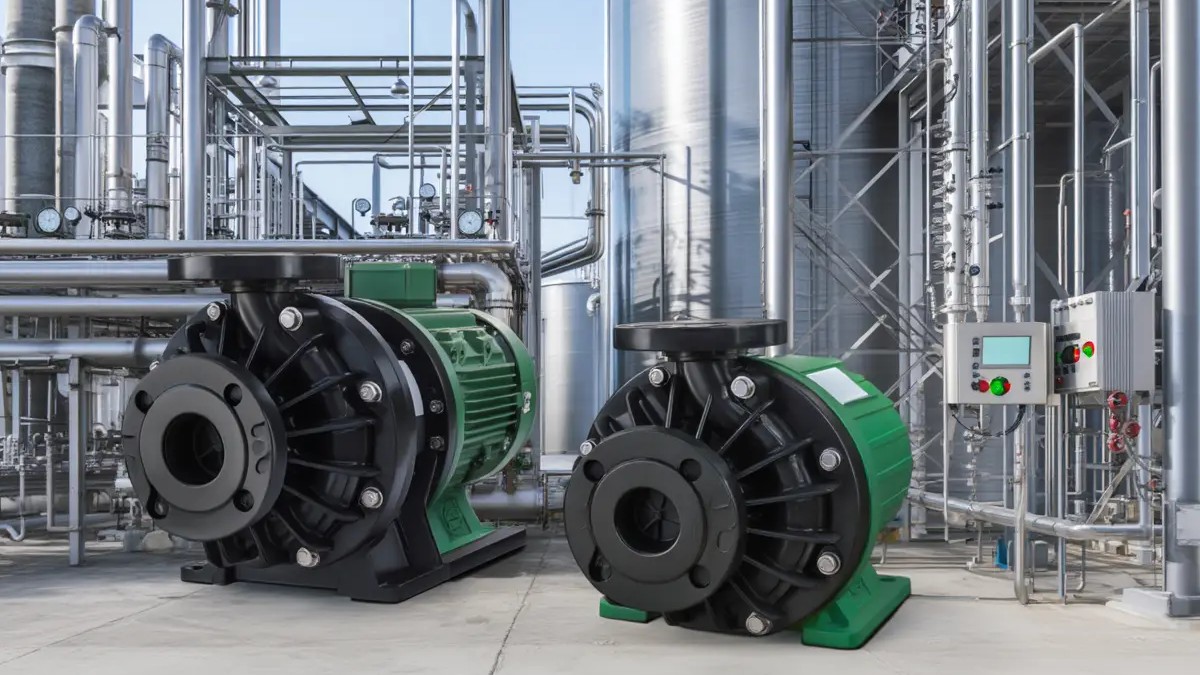
.png)
